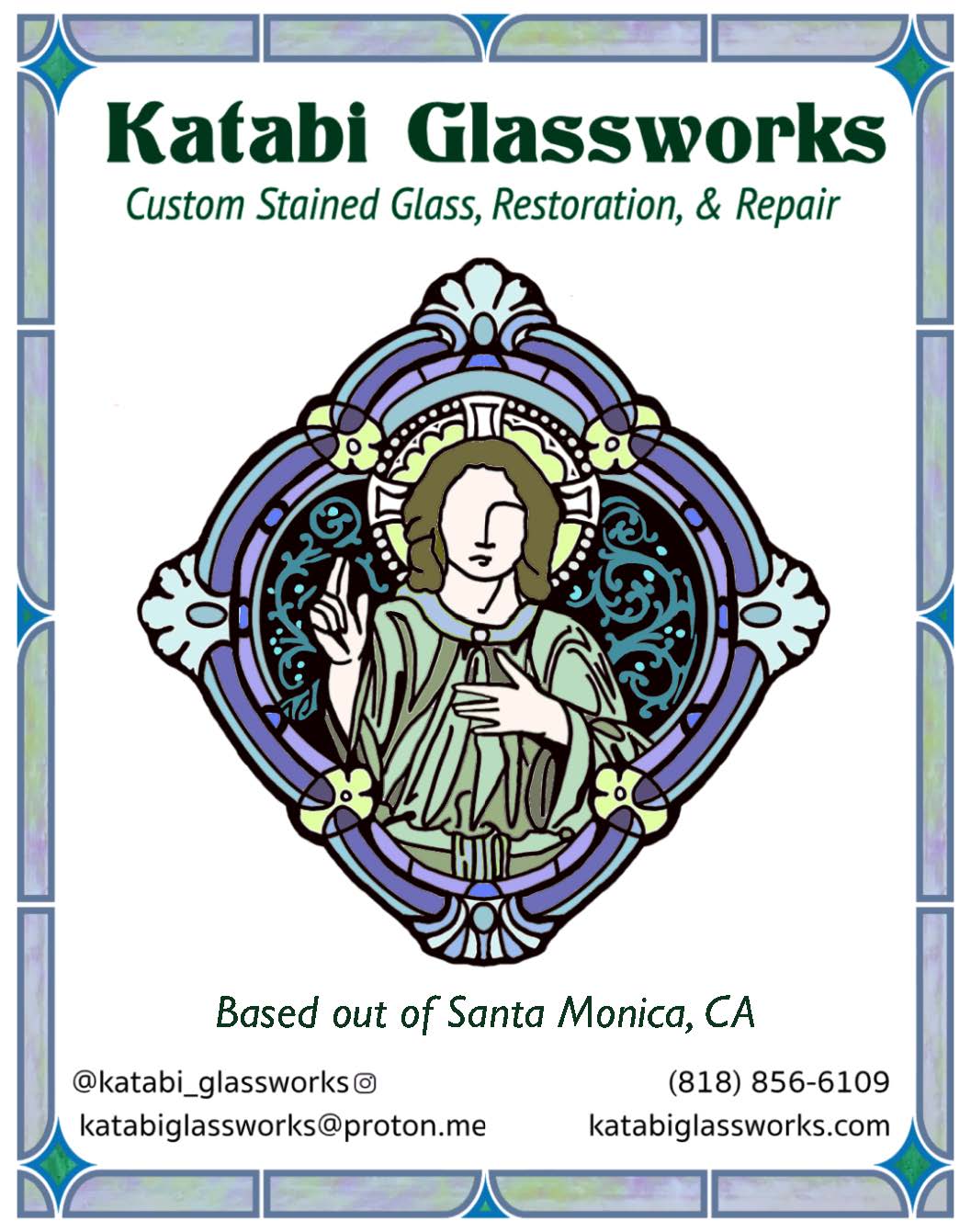A native of Guatemala who, like so many men, is in the United States to earn money to support his family back home, Eduardo talks in broken English, especially about his mother who was recently diagnosed with diabetes.
“It’s bad for her and it’s going into her leg,” he explains. The money he makes as a day laborer in Los Angeles is used for her medication. He works hard and likes the feeling of accomplishment after a good day on the job.
But while Eduardo is happy to be working, he’s even happier about the care he receives through the Guadalupe Homeless Project at Dolores Mission.
“I just found this place a few days ago and I am so grateful — so very grateful,” he says. “I feel safe and welcomed.”
Eduardo is one of the thousands of homeless men who have received the love and attention from the staff and volunteers at the shelter, located inside the Boyle Heights church. Recently celebrating its 25th anniversary, the Guadalupe Homeless Project is as active today as it was when it was first instituted back in the 1980s.
Established by Proyecto Pastoral at Dolores Mission, the project was part of the Sanctuary Movement which assisted Central American refugees fleeing civil conflict by providing shelter, food and legal advice. At that time, restrictive federal immigration policies discouraged Central Americans from entering the U.S., but many El Salvadorian refugees found their way to downtown Los Angeles, Queen of Angels Church and Dolores Mission.
At its peak, the Sanctuary Movement involved more than 500 congregations across the countries that declared themselves official “sanctuaries.” Today, many of those religious-based sanctuaries are no more, but Dolores Mission’s continues. It’s the only church in the Los Angeles Archdiocese to serve as a homeless shelter 365 days a year.
“We still consider ourselves a sanctuary along with being a homeless shelter,” says project director Raquel Roman as she sits outside in the courtyard on a sunny winter day. The gates have opened this late afternoon for the homeless men (Guadalupanos as they are called) who put their few belongings in a locker and take a shower.
Afterward, they often join others around the television set or participate in onsite workshops: English classes, art explorations, job referrals, financial planning or medical care. Often students from Loyola Marymount University lead the workshops. Each homeless man is assigned a case worker who helps set goals for housing, health, money and, hopefully, a prosperous future. Men can stay at the shelter for up to three months.
The project is more just a shelter, explains Roman. “It’s a community of care.”
Guadalupe routinely serves 650 homeless men per year as well as providing 300 women and families in need with rental assistance, motel and clothing vouchers and bus tokens.
But it’s not just the homeless who receive care. Through the project, people of all ages can learn the power of service by volunteering their time and energy.
Each day, a different parish group assumes responsibility for buying, preparing and serving the evening meal. Each grade level at Dolores Mission School is responsible for a meal once during the school year, as parents help their children understand the meaning of service and ministry. Schools, businesses and service groups from all over the state sign up regularly for the culinary duties, making the Guadalupe Homeless Project far-reaching in scope and mission.
On a recent weekday, students from Bellarmine College Prep in San Jose were putting the finishing touches on that evening’s meal: chicken and sausage scaloppini, green beans, potatoes and mango ice cream topped with Nutella. Caseworker Veronica Meza jokes that most homeless put on at least 15 pounds during their three-month stay at Dolores Mission. “They tell us all the time how much they love the food,” she says.
Tyler Hansbrough, a Bellarmine language teacher, has brought students to the project for years because this type of service highlights three values to cultivate in young minds: gratitude, humility and connection.
“You realize to be thankful for what you have,” he explains adding that getting these kids out of their “comfort zones” delivers a true sense of humility in the world.
And connecting to others — especially in service, like handing the homeless a plate of food and talking with them during a meal — is an important life lesson. “They learn not to hastily judge someone,” says Hansbrough. “We learn that we all belong to each other.”
After the meal was dished out, the men stood by their places waiting. One Guadalupano came forward and in Spanish gave a heartfelt prayer of thanks to God, to those serving them, to their families and to each other. Soon, they would help with the clean-up effort in the kitchen and then walk back across the street to prepare for the evening’s sleep inside church. (Bedtime and lights out is 8:30 p.m.; everyone is up at 4:45 a.m. for breakfast and out by 6:30 a.m.)
After 25 years, the Guadalupe Homeless Project continues, says Roman, because there will always be a need: both from the homeless and from those who want to serve.
“We hope they are ready for the world when they leave us — some are, some aren’t,” she admits adding that mental and physical illness plague many.
But some men come back to visit, men who once had “sadness in their eyes” but have found their path and aren’t homeless anymore. Those visits are beacons of hope, Roman says.
And while the Guadalupanos are at Dolores Mission, they are treated with respect — and they, in turn, respect their temporary home. “They make this place holier,” says Roman. “And we are able to become holier with them.”

